Your immune system is like money. It never sleeps. While you’re busy counting sheep, it’s on a search and destroy mission to keep germs at bay before you wake up to tackle the day.
It’s a beautiful work of art…that can also be hijacked to hold you hostage.
On the milder side, there are allergies. Harmless enough, until your immune system kicks into an overzealous mood to defend against the ‘dangerous,’ fuzzy yellow pollen invaders. But on the tragic side, an infusion of the wrong blood type after a car accident could cause the immune system to attack what it mistakenly sees as ‘foreign entities’ trying to kill you. The tragic irony, of course, is that it destroys the very thing you need to stay alive.
To avoid this, doctors and nurses meticulously track the blood types of patients to avoid the fatal reality. And in doing so, their patients go on to live healthy, rewarding lives.
The benefit of this is obvious. Interestingly enough, the CEOs of Fortune 500 companies not only know this, but actively practice it. From the Amazon-Google tech giants to consumer goods multinationals like Walmart and Campbell’s, all their CEOs know the truth.
Customers are the lifeblood of their business. And if they want healthy business, like doctors, they need to know their blood type.
The way that they do it, is with market research.
Market research is any organized effort to gather information about target markets or customers. It is a very important component of business strategy. [It] is a key factor in maintaining competitiveness over competitors.
– Wikipedia
But what if you’re not a multinational corporation with an advertising budget that rivals a small country’s economy?
Then you’ll need a dangerously effective way to conduct market research without breaking the bank or having it take a lifetime.
Here’s how to think about market research if you have less than $2.1 billion dollars.










